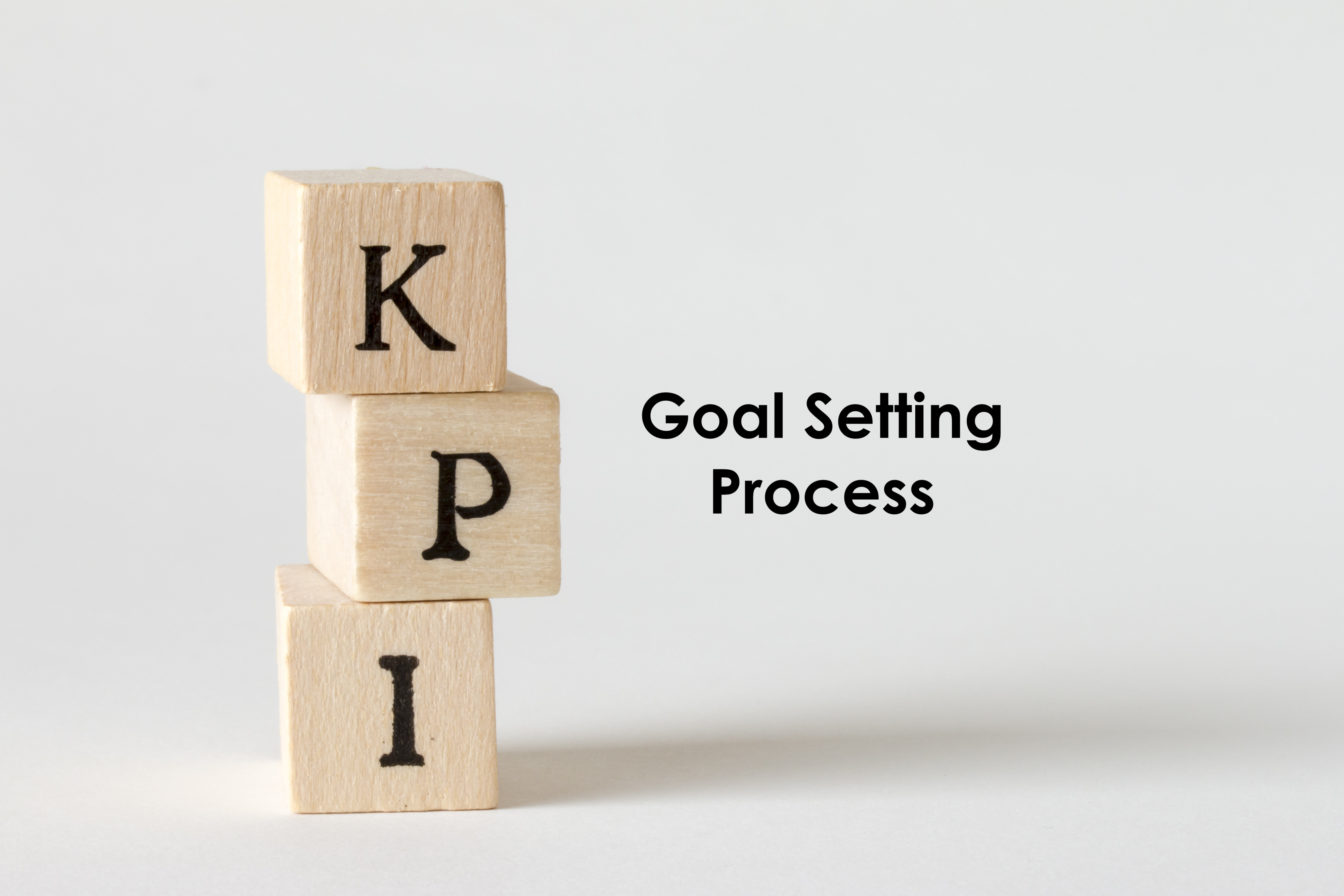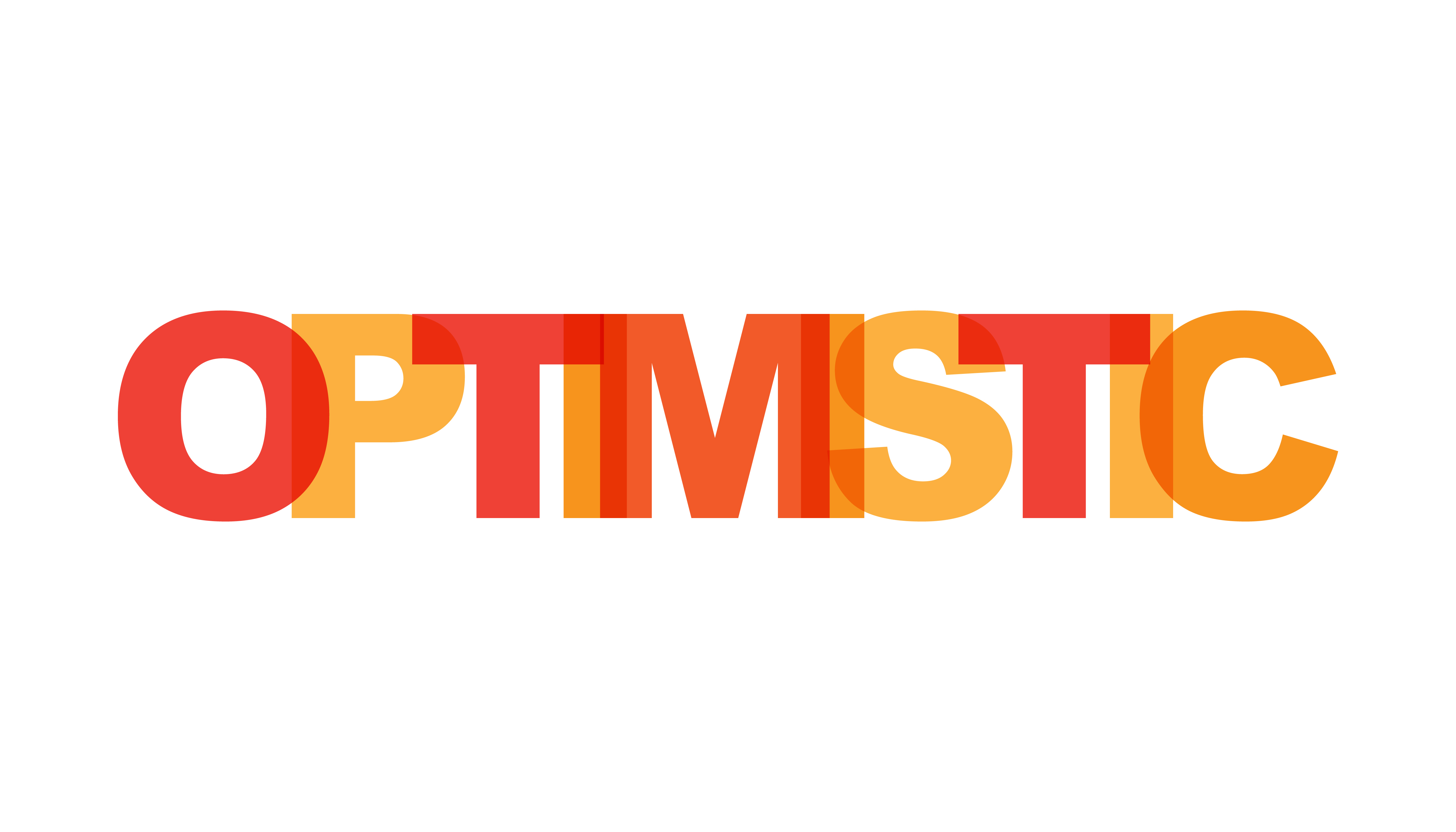
10 Mind Altering Tips to Maximize Your Impact in 2020
We just started a new decade! The following list was created to get you started on achieving your 2020 vision.
- Be crystal clear on what you want to achieve. I was recently reading the book titled “Train Your Brain for Success.” If you tell your brain where you want to go, it will start working on how to get there. But if you aren’t clear, the brain will wait for further clarification. The analogy the book used was this: imagine telling your GPS you want to go to a bank. It will start searching for banks, but will wait for further instructions before it begins developing the route. It is imperative that you tell your brain exactly what you want to achieve. As soon as you do, it will get to work on making sure you achieve it. This applies to individuals and to organizations. If your team isn’t sure about direction, they will stay on the same path until they feel comfortable that a new direction is set.
-
Instill the necessary discipline. I’m not big on having structure. I like the freedom to do what I want to do. But I know without the necessary structure, I won’t get to where I want to be. So I’ve been working on putting the framework together to ensure l’m completing the necessary activities to achieve my goals, without overburdening myself with too much structure. Ask yourself, what structure do I need to put in place to keep me on track? Be honest with yourself. Then build that structure into your weekly schedule and honor that structure.
- Don’t confuse activity with accomplishment. I think many of us get caught up in the busy-ness trap. But being busy doesn’t mean we are being productive. Do you know what you need to accomplish on a daily, weekly or monthly basis in order to achieve your goals? Most people don’t schedule time for those important things because they are busy doing the more fun and easy things. I recommend that you look at what you need to do in order to achieve your goals, and then schedule those first. Then fill in your time with the other, less important tasks. My greatest gains come from the tasks described as “important but not urgent” in Stephen Covey’s book The 7 Habits of Highly Effective People. Those tasks may require more thinking and less doing. But if you spend more time on them, your productivity will skyrocket.
-
Be open to new experiences and ideas. For years, I have heard about the value of meditation, but I kept pushing it off as a new age movement. As I found it harder and harder to focus, I started searching for ways to reduce the clutter in my brain. Turns out, meditation is a powerful technique that people have been using for thousands of years. Teaching my brain to be more present helped reduce stress, increased focus and provided more calm. After incorporating this into my life and enjoying the benefits, I realized there have been other areas in which I have been close-minded. So one of my goals for the past year was to try something new every month. This goal has helped me expand my mind and be open to new experiences.
-
Be aware of the limitations you place on yourself. Have you listened to the words you say to yourself? Negative thoughts impact what we believe we can achieve and what we are willing to attempt. If you want to reach your full potential, be mindful of this. Henry Ford said it best when he said, “Whether you think you can or you think you can’t—you’re right.”
-
Be authentic. When I hear the word authentic, I think of Brene Brown, but l‘ve also heard many other people talk about the importance of being authentic. This is something I’ve been working on as it isn’t something that comes naturally to me. However, I do know that when I share my authentic self, I have the opportunity to connect more deeply with individuals around me, and I am continually reminded of just how precious those connections can be.
-
Take care of yourself. Let’s face it, we aren’t getting any younger, and we only get one body for this journey. Eat well, drink lots of water, exercise and sleep. You can’t perform at the level you desire if your body isn’t healthy. And remember, taking time to care for yourself isn’t selfish, it is essential if you want to love and support those around you.
-
Look beyond yourself. It is possible #7 and #8 are at odds but I don’t think so. If you care for yourself, then you’ll have the energy to look beyond yourself. And while I find myself to be very interesting (I mean, who doesn’t), I find helping and caring for others much more rewarding. Put yourself in another person’s shoes and try to see a situation from their perspective. Then act in a way that acknowledges that you see them and value them: the personal reward will be priceless.
-
Never stop learning. My father turned 80 years old last year. He continues to expand his mind through reading, learning foreign languages and keeping up on the latest technology in his field. Together with my mother, he started a foundation that serves the underprivileged in Haiti; he also volunteers his time at a local free clinic and spends time with his family to help them reach their full potential. He is a great role model for those of us who want to continue to grow and expand our mind. What areas do you want to gain knowledge in? Those areas may not be related to your field of study, but they can help enrich your life.
-
Enjoy the journey. Not every day is going to be fun. There will be times, tasks and experiences that you won’t automatically enjoy. But that doesn’t mean you can’t find a way to enjoy them. In a book called The Highest Goal, author Michael Ray introduces “Live-Withs.” The idea is to find ways to make the most of things that you don’t enjoy. If you have a traffic-filled commute, how could you learn to enjoy the commute? For me, it would be to listen to a great podcast (Revisionist History) or practice my Spanish. But the idea is to find ways to bring enjoyment into areas that are lacking. So, I’ll challenge you by thinking about how you can change your vantage point in order to “enhance the ride.”
Do you feel you have areas that need some strengthening in order to maximize your 2020 impact? Do you or your team need help becoming crystal clear on what you want to achieve in 2020? If so, give me a call or send me an email. In a short 90-minute meeting, we can outline your goals and identify the critical success factors to help you start this decade with a clear direction and a sense of purpose.











